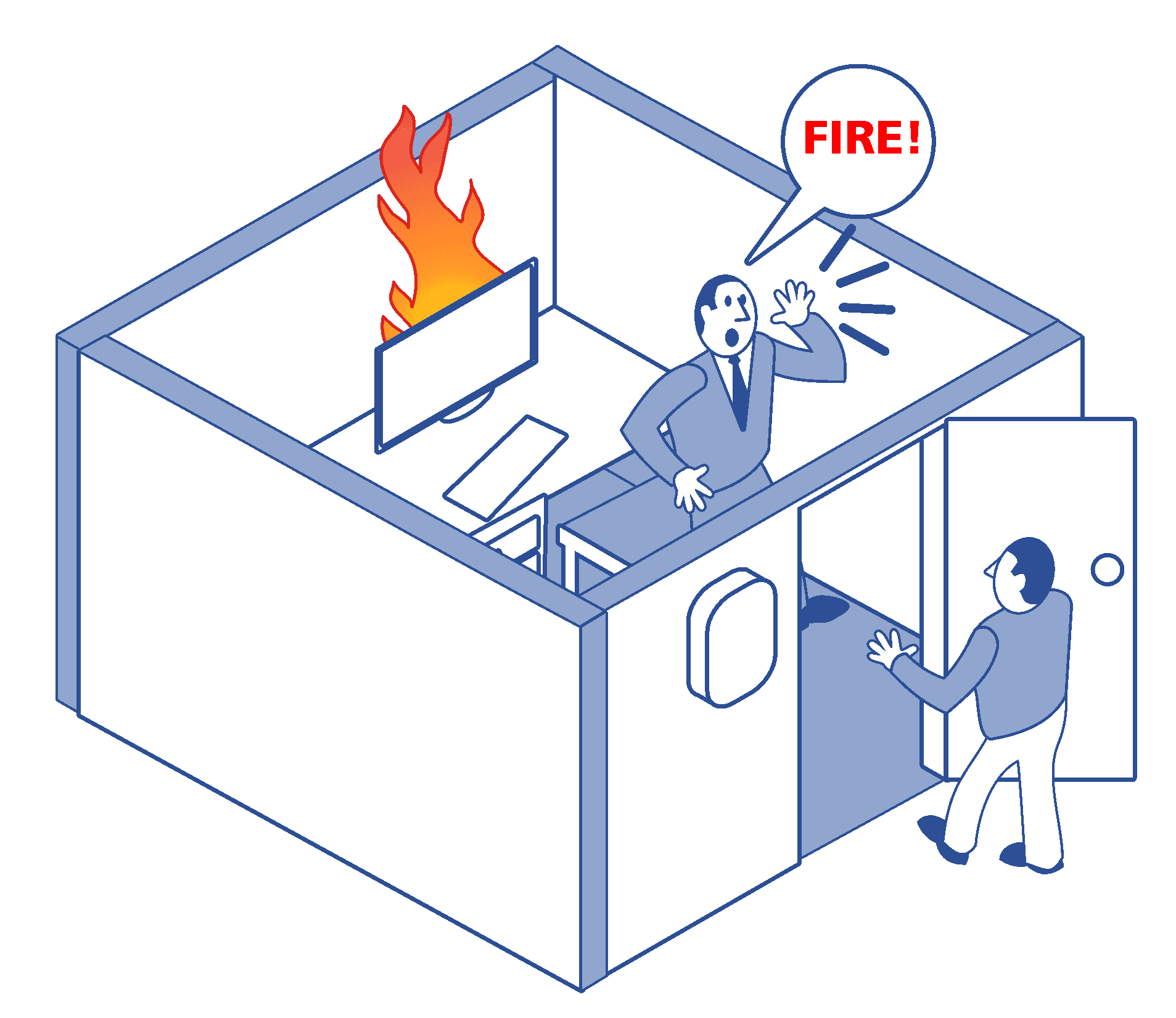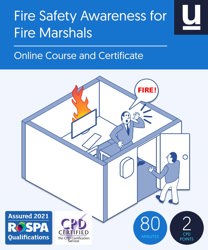What does PEEP stand for?
PEEP stands for Personal Emergency Evacuation Plan or Personal Emergency Egress Plan.
What is a Personal Emergency Evacuation Plan?
A Personal Emergency Evacuation Plan (PEEP) is an individual escape plan created for those who require assistance or special arrangements to safely evacuate a building in an emergency, such as a fire.
They are typically created for employees working in a building or members of the public that frequent a building, such as university students or hospital patients.
What is the purpose of a Personal Emergency Egress Plan?
A PEEP is used to help individuals with specific needs gain the assistance they require to evacuate during an emergency. A PEEP also informs other relevant persons near the individual to know what they must do to assist during the evacuation of the premises.
For example, a fire marshal may be responsible for laying emergency mobility ramps to help a wheelchair user get down a small set of stairs.
Who needs a PEEP?
Anyone who requires assistance evacuating in an emergency should have a PEEP. This may include:
- Mobility-impaired people, such as wheelchair users.
- Sensory impaired people, such as those who are blind or hard of hearing.
- People with certain medical conditions that may affect their ability to use stairs, such as asthma.
- Those with neurodiverse or mental health conditions, such as anxiety.
- Those who may have difficulties comprehending how to act in an emergency.
Some people may require a temporary PEEP, such as pregnant people or those with temporary physical injuries, such as a broken leg.
What to include in a PEEP?
A PEEP is specific to an individual and their workplace and will vary significantly due to this. However, most PEEPs will typically include relevant information about:
- The person for whom the PEEP was created, such as their work location and times.
- The main escape routes the person will take in the event of a fire.
- Those assigned to provide additional assistance to help the person evacuate.
- Any special equipment that is required, such as an evacuation chair.
Examples of PEEP measures for individuals with mobility issues or sensory impairment
Some example measures that may be detailed in a PEEP include:
- Specifying a refuge or a designated safe place where a disabled person can wait for assistance. These spaces are designed to prevent fire from reaching them, giving the person the time they need to get help and evacuate safely.
- Outlining a specific escape route that a person should take that avoids certain obstructions, such as narrow pathways or emergency doors that they find difficult to operate.
- Providing those who are deaf or have a hearing impairment with a vibrating pager or positioning them close to a flashing light to alert them in the case of fire.
- Providing appropriate training to those with a PEEP and those responsible for assisting the individual to ensure that everyone is clear on their role in the evacuation process.
Who is responsible for creating a PEEP?
The responsibility of creating a Personal Emergency Evacuation Plan (PEEP) falls on the employer or building management. They are accountable for ensuring the safety and well-being of all workplace employees, including those with disabilities or special needs. It is their obligation to identify persons who may require a PEEP and to carry out the PEEP assessment. The employer may delegate this task to a line manager.
Creating an effective PEEP involves assessing individual requirements, consulting with the person involved, and developing a tailored PEEP that addresses their specific needs in an emergency situation.
Communicating and sharing the PEEP with relevant parties
A personal emergency evacuation plan (PEEP) should include a detailed assessment of individual needs, evacuation routes, emergency contacts, and any necessary equipment or assistance required during evacuation. Communicating and sharing the PEEP with the individual and all relevant parties is important. This ensures that everyone involved is aware of the plan and can act accordingly in an emergency. Each person should have a copy of the PEEP, including building management, supervisors, and colleagues who may need to assist them during an evacuation.
Regular training sessions and drills should be conducted to raise awareness of the importance of PEEPs and how to implement them effectively during an emergency. This includes training those with a PEEP on their specific responsibilities and training others on how to provide assistance.
In addition to sharing the PEEP internally, communicate it with external parties. External parties, such as emergency services or security personnel, should be made aware of any individuals with a PEEP. This ensures they can provide the necessary support and assistance during an evacuation. It is important to establish clear lines of communication with these external parties so they can be quickly notified in an emergency.
Reviewing and updating the PEEP regularly
Regular review and updates of the PEEP are essential to ensure its effectiveness. Individual needs may change, or new equipment or assistance may become available.
Updates could also include new contact information, changes in evacuation routes, or modifications to required equipment or assistance. By keeping the PEEP current, individuals can have confidence that their needs will be met during an emergency.
Resources To Raise Fire Safety Awareness
At Commodious, we offer several health and safety courses, including two on fire safety awareness. These online courses are a simple and effective way to ensure that your employees understand good fire safety practices and how to act in an emergency. For more information on these training courses, use the links shown below:




